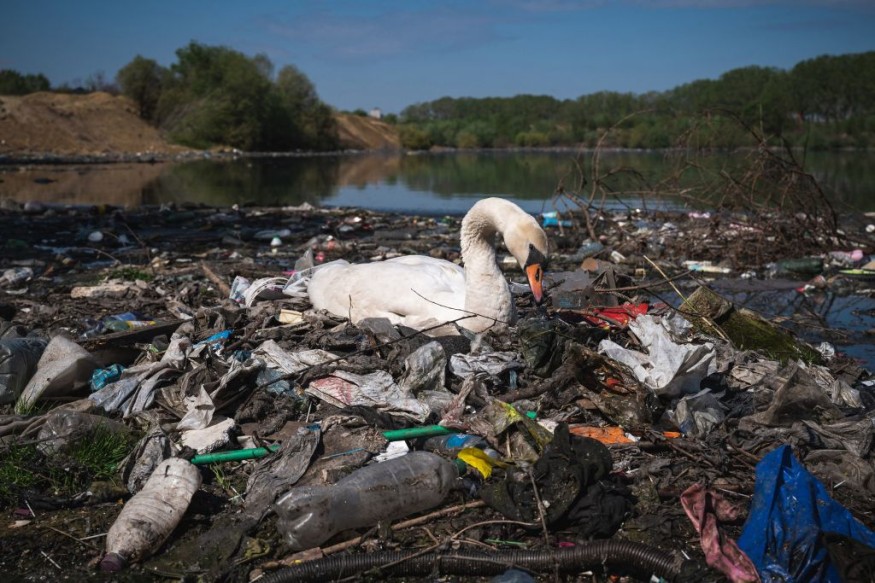The latest research showed the helpful contribution of internet animals and digital knowledge to improve the monitoring of animal behavior, species and future.
The contribution of technology and digital infrastructure helped to develop the Internet of Animals (IoA).
Biodiversity crisis

According to research published in Trends in Ecology and Evolution, the Internet significantly showed information about the animal kingdom.
Many animals suffer from population decline due to many threats. According to the BBC's recent report, about 48% of Earth's species suffer population declines.
The study was published in the Biological Reviews, explaining that the biodiversity crisis is considered a pressing concern in the ecosystems.
Furthermore, the researchers noted that it looked into more than 70,000 animals, adding that the species extinction reached an alarming level.
The report also explained the importance of protecting biodiversity from threats, significantly that humans benefit from the environment.
The World Wildlife Fund (WWF) lists species directory that is considered critically endangered.
Meanwhile, the International Union for Conservation of Nature (IUCN) highlighted the red list of possible threatened species since 1964.
Artificial Intelligence's helpful contribution to Internet Animals
The research added that the Internet of animals and artificial intelligence could also help the animal population.
Also Read : Australian Garlic Variety Can Stop Spread of COVID-19, Other Flu-Related Infections, Doherty Study Says
The report was also published on Phys.org's website.
According to the report, research professor Roland Kays explained that said technologies could help predict the behavior of animals and predict their future.
The study noted integrating the data and predictions. Kays is also from the North Carolina State University and the Biodiversity Research Lab head at the North Carolina Museum of Natural Sciences.
Kays explained that the databases and information have been significant in tracking animals, like the websites iNaturalist.
Furthermore, the Internet of Animals helps to connect databases of animals. The contribution of Artificial Intelligence could be vital for massive data information.
According to the report published on Phys.org, the article noted that AI technology also made it easier the identification of plants.
The report added that they were working with Google to apply AI in identifying plants and animals on images.
With the information, the report noted that it could also guide humans with potential conservation and mitigation efforts.
On the other hand, the research looked into the agricultural applications of the Internet of Animals. It helps the agricultural industry to develop efficient or effective livestock farming.
Improving the lives of domestic animals is also significant. AI technology could help observe the impact on their environment, creating possible sensors, alarms and tracking metals to look into pets.
Furthermore, AI could become helpful with ecological forecasting, monitoring for possible diseases, climate change impact and the population of animals.
The development of technology has improved animal behavior predictions and monitoring. The information about animals' status would help develop policies protecting them from population decline.
Related Article : Wildflower Meadow Helps Local Biodiversity, Climate Change Mitigation
For more similar, don't forget to follow Nature World News.
© 2025 NatureWorldNews.com All rights reserved. Do not reproduce without permission.





